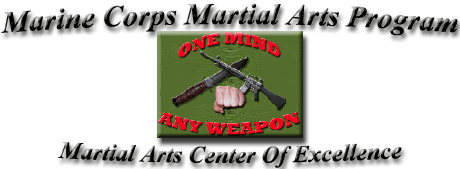There's something worth pointing out here.
The "Uechi side kick" in my opinion isn't. It is a front kick. Classification of this as a "side kick" IMO is a misnomer.
What is the Japanese? It is
soku*to geri. That translates literally as foot-blade kick. You can use a foot blade for a front kick (
shomen geri) or a side kick (
yoko geri). On the "fish or foul" thing, the Uechi foot blade kick is really front and not side. If done correctly, Uechi's
sokuto geri has no pelvic tilt. Pelvic rotation, yes. Tilt, no. You need to tilt the pelvis (as much as 90 degrees w.r.t. the plane of the earth) to do a
yoko geri.
Yes, yes, there is sort of kind of a hybrid between the two. There are no absolutes in the kicking world; there are only principles and prototypes.
I choreographed a kicking form for my Uechi students to expand their knowledge of kicking. I drew from both within and without the style. I have a write-up (submitted to George) explaining the what and why.
And for jorvik's benefit, I use the EXACT SAME PRINCIPLES of energy generation when doing kicks in my form (38 Special) no matter whether the kick in question is commonly seen in Okinawn, Japanese, Chinese, or Korean arts. If that keeps you awake at night, jorvik, go see your doctor. But if it makes you feel better, I told my students not to chose a Japanese name.

Back to martial arts...

I got a lot of good ideas about the Uechi
sokuto geri from working with Mayamia (former Okinawan sparring champion) on Thompson Island. I'm feeling pretty good about what it is, and why it absolutely is "Uechi" through and through. It's like taking a drill and switching drill bits.
A
yoko geri is a very different animal. But still, the principles of energy generation are the same. You just use different degrees of freedom of motion to accomplish the same end.
To Mike K's point... Yes, Mike, Ohshima Sensei did absolutely bring back the "Uechi-like"
sokuto geri in their traditional Shotokan forms. My source would be Ray Berry, who teaches martial arts at RMWC as well as being an "artist in residence." But it's worth noting that Ray Berry has the most devastating
yoko geri I've ever seen in my life. And yes, he picked that up from Ohshima Sensei. Go figure...
Stories of Ray Berry's kicks are like the hyperbole you hear about the old Chinese and Okinawan masters. However I knew Mr. Berry, and he taught me my own brand of a
yoko geri. His kick was downright scary.
One true story about him is that he was once found using a football blocking sled outside as a target for his side kick. He was knocking the bloody thing from one end of the football field to the next. And Ray is not that big a man. And yea, the footbal players were "impressed."

So... Was that kick "Shotokan?" Who gives a damn?

- Bill

